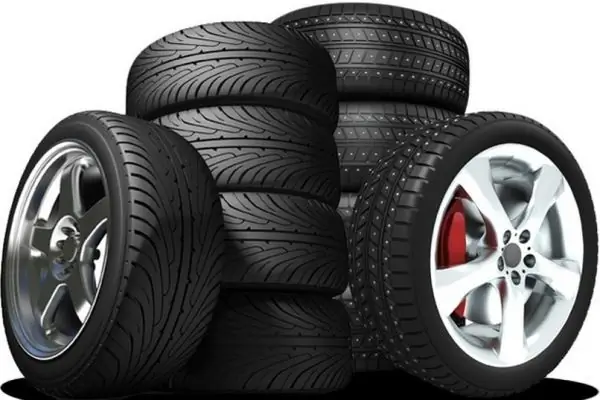- Author Nora Macey [email protected].
- Public 2023-12-16 10:17.
- Last modified 2025-01-23 08:48.
The issue of recycling waste rubber products in modern society is quite acute. Warehousing, utilization, burial of rubber-containing products not suitable for operation is environmentally unsafe, since during long-term storage it is capable of emitting substances that can cause disruption of the ecological balance in the environment.

Instructions
Step 1
Rubber is a polymer material that, having lost its operational properties, suffers completely insignificant structural changes, which causes an urgent need for their recycling. The most promising, environmentally friendly, economically viable method is the mechanical method of crushing rubber products, because chemical methods, such as combustion and pyrolysis, destroy the polymer base of the material.
Step 2
The machines that are used for the recycling of unusable car tires are of a fairly simple design. The principle of operation of this equipment is based solely on mechanical processes. This device does not include complex automated systems and other control units. Due to the simplicity of the structure, the tire recycling equipment has a rather long service life. Since the processing of automobile rubber is carried out without heating and any other chemical influences, this process is environmentally friendly.
Step 3
Recycling of rubber is carried out by grinding rubber into crumb rubber. Waste generated during the recycling of car tires is negligible. And also used as recyclable materials. Metal cords are sold as scrap, and textile wadding can be used in various industries as a technical material. To obtain crumb rubber, tires go through several stages of processing. Initially, using special equipment, the seat rings are cut out of the tire. Then the rubber is cut into strips 5 cm wide. Further, these strips are cut to a length of 3 cm. The resulting blanks are ground on rolls into crumb rubber. Further, for the complete separation of the metal cord, the resulting mass is placed in a magnetic separator. After complete separation from metal impurities with a broom, it is transferred to packaging and transfer for further processing. The shavings go through the grinding stage again. The resulting rubber mass is filtered through sieves and transferred to packaging and packaging and stored in a warehouse.
Step 4
After such a fairly simple procedure for processing car tires, a fairly clean shavings are obtained with a rubber content of up to 99.8%, in which the content of metal impurities is about 0.1%, and textile impurities does not exceed 0.2%. The performance of a tire recycling line directly depends on the equipment used and the recyclable materials being recycled. As a final result, you can get from 200 to 1000 kg of rubber crumb in 1 hour.






